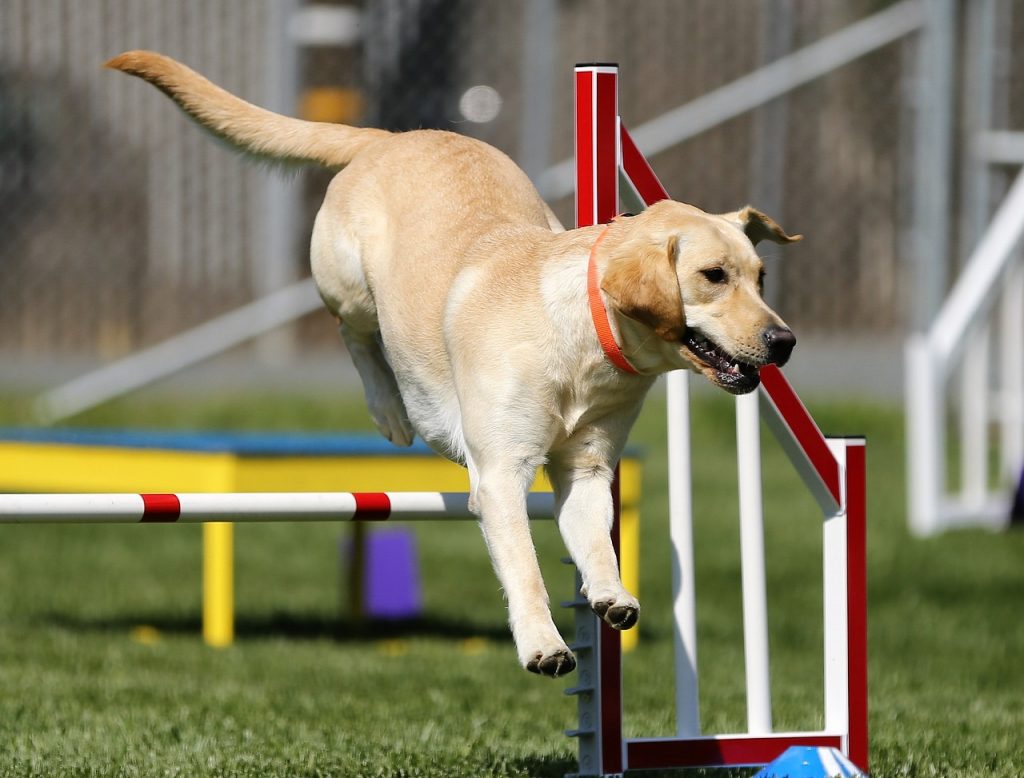The Elbow:
The elbow joint in a dog is not too dissimilar to our elbow joint. The elbow is found in the middle of the front limb. Its main function is bending and straightening between the upper arm bone (humerus) and forearm bones (ulnar and radius).
There is also some rotation between the radius and ulnar (forearm bones). While a dog can’t consciously control the rotation in the joint like we can, this movement is important for turning corners. The elbow is also important as a load bearing joint as it carries approximately 60% of a dogs weight.

Elbow Dysplasia:
Elbow dysplasia is a developmental condition that can significantly affect a dogs quality of life. While larger breeds like German Shepherds, Golden Retrievers, Rottweilers, and Bernese Mountain Dogs have a higher risk, dogs of all breeds can develop the painful condition.
Genetic predisposition is thought to be the main cause, however environmental influences, like excessive exercise and nutrition, through key puppy growth phases are also important factors in whether elbow dysplasia develops.
Signs and Symptoms:
Dogs often show the first signs of elbow dysplasia as puppies, with affected dogs developing a lameness in the front limb that worsens with time. Lameness is usually aggravated by exercise and doesn’t always resolve with rest. Both front limbs can be affected, which can make detection of altered gait difficult. When both elbows are involved there may be an unwillingness to exercise for long periods.
Diagnosis:
Any young dog presenting to a vet with front limb lameness needs to be examined for possible elbow dysplasia.
Diagnosis is usually made with a combination of physical examination and x-rays. There will be varying degrees of front limb lameness, with pain on full bending or straightening of the elbow. Crepitation (joint noise), swelling, joint capsule thickening and muscle atrophy are variable. X-rays will typically show signs of arthritis with possible lose fragments.
Treatment:
Treatment for elbow dysplasia varies depending on the individual case. Important factors include the dogs age, amount of elbow degeneration, and degree of lameness. Surgery is often indicated in younger lame dogs.
While surgery for elbow dysplasia may slow the progression of arthritis, the condition can’t be cured. Therefore, even if surgery is performed, lifelong conservative management continues to be indicated.
Conservative management of elbow dysplasia includes:
- Body composition: Maintain a lean body composition through good weight management.
- Exercise: Keep an active lifestyle that avoids activities that promote lameness, stiffness and discomfort.
- Physical rehabilitation: Build muscle strength and stability, improve motor control, address abnormal movement patterns, and maximize joint range of motion.
- Manual Therapy: Maintain optimal muscle tone and mobility, so no one joint is taking additional load.
- Supplementation with omega-3 fatty acids, glucosamine/chondroitin supplements, and polysulfated glycosaminoglycans (e.g. cartrophen).
Conclusion:
Although some breeds are more susceptible to elbow dysplasia than others, many dogs are at risk of developing the condition. If you think your dog is displaying signs of elbow dysplasia, your vet will be able to discuss management options.
Related


